HMS Queen Elizabeth has had a busy start to the week with a programme of boat drills, navigation training and Chinook helicopters operating onboard.
The aircraft carrier tweeted, well, a crewmember tweeted:
Our training never stops.
A busy start to the week with a programme of boat drills, navigation training and @RoyalAirForce Chinook helicopters operating on and above our flight deck. pic.twitter.com/4YwyZXfjvh
— HMS Queen Elizabeth (@HMSQNLZ) September 10, 2024
These exercises are vital in ensuring the ship’s crew can respond effectively to a wide range of scenarios during future deployments.
We reported recently that the Royal Navy is entering a busy period as both HMS Prince of Wales and HMS Queen Elizabeth have set sail for equipment trials and training exercises.
HMS Queen Elizabeth departed Portsmouth on the 2nd of September at 12:10 PM, following extensive repairs and capability upgrades completed at Rosyth earlier this year.
This included critical work on the starboard propeller shaft coupling, which was necessary after a technical issue caused the vessel to withdraw from the NATO exercise Steadfast Defender. During that time, HMS Prince of Wales assumed operational responsibilities.
The Queen Elizabeth-Class Carriers
The Queen Elizabeth-class aircraft carriers measure 284 metres in length and have a standard displacement of approximately 65,000 tonnes. The design allows for this displacement to increase to over 70,000 tonnes as the ships undergo upgrades throughout their operational lifespan.
These carriers are manned by a core crew of about 679 personnel, which can expand to around 1,600 when including aircrew. The ships are equipped to carry up to 40 aircraft, predominantly featuring the advanced F-35B Lightning II stealth fighters.
The air wing typically comprises a combination of F-35B fighters and various rotary-wing aircraft, such as the Merlin HM2 and Wildcat. Additionally, the Royal Navy is exploring the integration of unmanned aerial vehicles (UAVs) to enhance operational flexibility. Trials are underway for systems like the General Atomics Mojave, which aims to support roles including strike operations and airborne early warning, reflecting the Royal Navy’s commitment to modernising its air capabilities.
In terms of propulsion, the Queen Elizabeth-class carriers utilise an Integrated Electric Propulsion system, consisting of two Rolls-Royce Marine Trent MT30 gas turbines and several Wärtsilä diesel generator sets. This configuration grants the vessels a range of approximately 10,000 nautical miles.
The flight deck of these carriers is designed to support a variety of rotary and fixed-wing aircraft. The hangar deck measures 155 by 33.5 metres, providing ample space to accommodate up to 20 aircraft. To facilitate quick transfers from the hangar to the flight deck, each carrier is equipped with two large lifts capable of moving aircraft efficiently.
For self-defence, the carriers employ the Phalanx Close-In Weapon System (CIWS) to counter potential airborne threats. In addition, the ships feature sophisticated radar systems, including the BAE Systems/Thales S1850M for long-range detection and the Artisan 3D radar system.
Finally, the Queen Elizabeth-class carriers are fitted with a highly mechanised weapons handling system, which streamlines the management of munitions on board. This system allows for efficient movement of palletised munitions from storage areas to the flight deck, minimising the need for manual handling and optimising operational readiness.


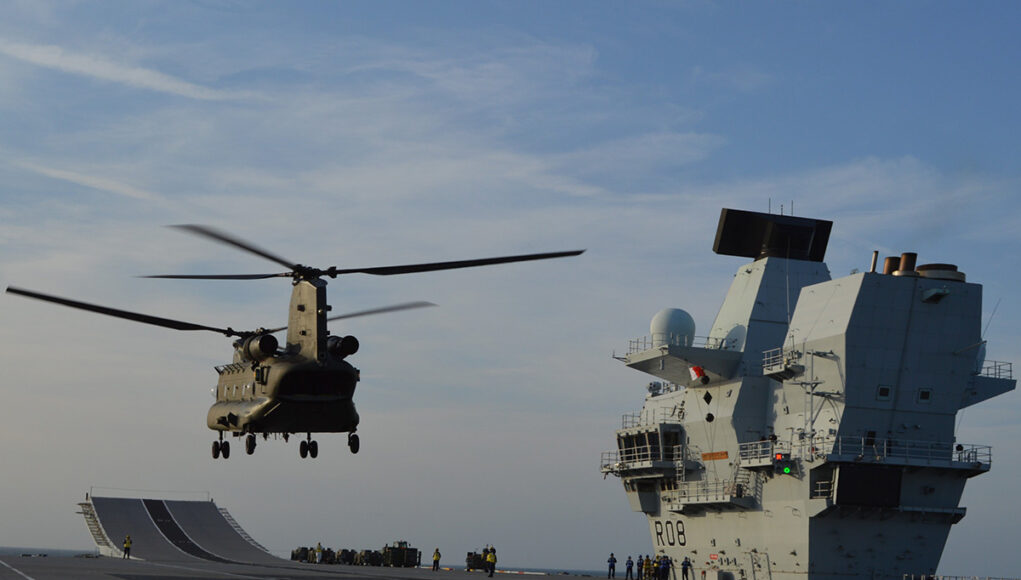
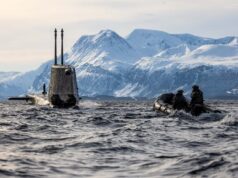
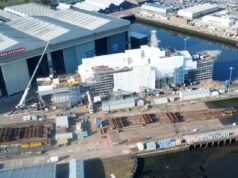
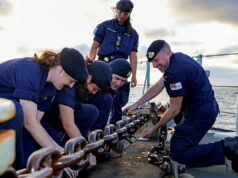
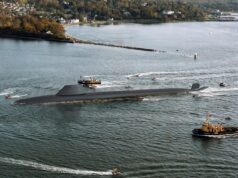
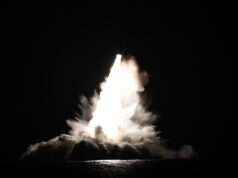
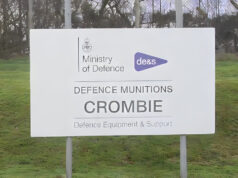
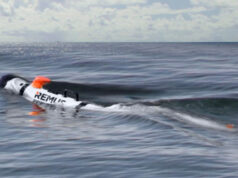
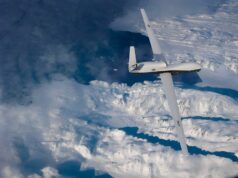
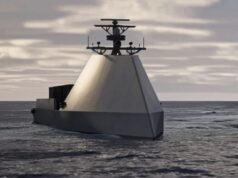
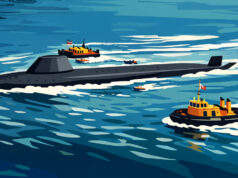

you left something new every day
Not as “sexy†as a deck full off F35’s but the ability to routinely operate chinook from a vessel the size of a Queen Elizabeth is an immensely useful capability and one that few ships on the planet can match.
That’s the big question will F35’s ever happen 🤔
Bigger question is with drones how many do you need? No one’s ever put more than 20 on a ship. 20 F35’s would be devastating to any enemy especially if backed by a fleet of drones.
Agree.
Are they both at sea without escorts ?
Yes…why would they need escorts?
I have said before even on a deployment as a Death Star or as part of the Rebel Alliance you do your own thing outside of pre-planned exercises. You sail off to sunny ports all alone and partake of the local attractions.
On Bulwark we had lots of Chinooks and other Helos coming out to play for day and night ops …especially NVG flying. NVG requires a lot of practise for the helo and the ship’s crew. White and red-light discipline is essential. Green light only onboard or you can dazzle out the NVGs. The Pilots, who are RAF, need to keep their hours in and practise deck landings. (Tue to Thursday only with wed afternoon off for sport of course…)
Just curious, now RFA Argus is busy with the three Mk4 comando merlins over seas, are there any smaller decks used to qualify pilots to land on frigates or destroyers? The QE class seems to be a bit big?